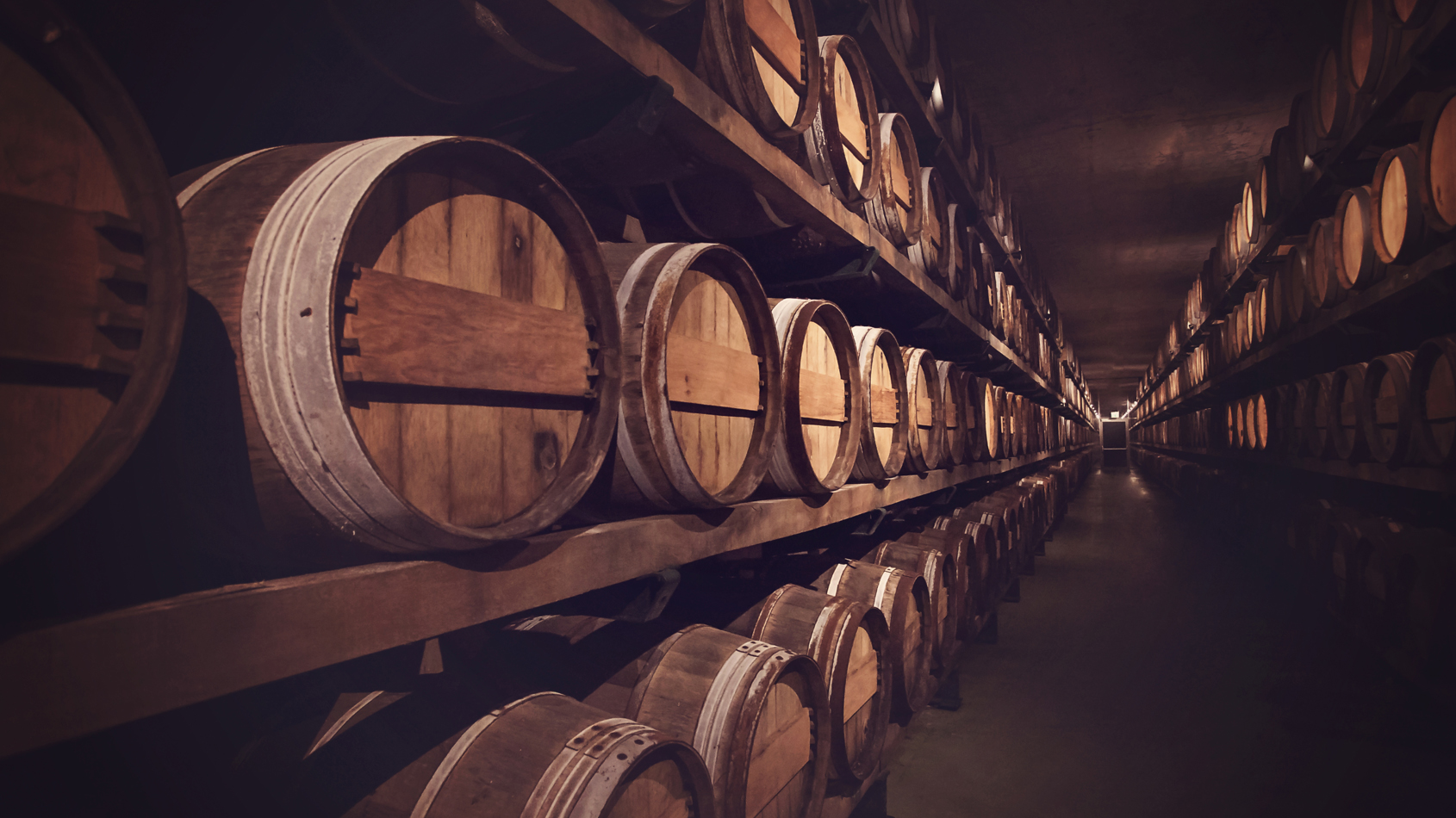Fine Wine offers investors calm amidst the Covid-19 storm
SPONSORED CONTENT As financial markets continue to take a battering from the effects of the Covid-19 pandemic, Fine Wine investment portfolios have so far navigated the storm largely untouched.

The current coronavirus pandemic has seen huge swings in the equity, bond, commodity and currency markets. However, the investment grade Fine Wine market has remained buoyant and steadfastly placid, demonstrating the benefits of a diversified portfolio of investments, particularly into wines from Bordeaux, Champagne and further afield.
Stability in uncertain times
Fine Wine has once again demonstrated resilience to swings in global financial markets in 2020. Since January, the benchmark Liv-ex Fine Wine 100 index has fallen by only 2.5% (partly due to Brexit and ongoing US tariffs on French wine). Over the same period – up until mid-March – the FTSE 100 had fallen by 33%, the Dow Jones Industrial average by 19% and Japan’s Nikkei 225 by 27% (source: Bloomberg, 16/3/2020).
Comparison with Alternative Assets
Fine Wine is a consistently high performer in the annual Knight Frank Wealth Report (which shows Fine Wine market growth of 120% over 10 years), and is often categorised with alternative assets such as art, classic cars, jewellery and property, however, these other assets are highly illiquid. Fine Wine, on the other hand, has a readily identifiable market, the Liv-ex Exchange that allows live trading of the asset and so an exit is possible on a realtime basis. This is particularly true of the more sought-after Investment Grade Fine Wines that would make up a portfolio put together by Noble Rot.
MoneyWeek
Subscribe to MoneyWeek today and get your first six magazine issues absolutely FREE

Sign up to Money Morning
Don't miss the latest investment and personal finances news, market analysis, plus money-saving tips with our free twice-daily newsletter
Don't miss the latest investment and personal finances news, market analysis, plus money-saving tips with our free twice-daily newsletter
What explains this apparent resistance? There are a number of factors.
Fine Wine has a consistently low correlation to equity markets
Fine Wine has demonstrated a low correlation of between 0.09 and 0.12 (where ‘1’ would indicate that prices move in lockstep, while ‘0’ would represent no correlation at all) to the S&P 500. This points to the diversification benefits of the asset. Meanwhile, the Liv-ex 100 index outperformed almost all other asset classes during the 2008 global financial crisis.
Inverse supply curve drives an increase in value of the investment
Fine Wine performance has shown impressive growth over the medium to long term, with the benchmark Fine Wine 100 index growing by an average of 10.7% per annum over the past 19 years, in the same period that the FTSE 100 fell by 0.4% a year. Fine Wine is generally influenced by two long term economic fundamentals: supply and demand. The finite supplies of the finest wines diminish over time as they are consumed, while investment grade Fine Wine also improves with age, making for an asset that is in greater demand even as it becomes more and more scarce.
A physical asset is widely regarded as a hedge against risk and inflation
Noble Rot clients invest in their own, physical investment grade Fine Wine holdings, stored at Vine International, the gold standard of Fine Wine storage. Physical assets traditionally perform well in periods of economic uncertainty as they act as a ‘store of value’.
A currency hedge
A dip in sterling actually boosts the Fine Wine market: The key Fine Wine indices (the Liv-ex 100 & 1000) are priced in sterling, but the majority of buyers are from China, the US and other major global markets. A weaker pound makes wine cheaper in the local currency of international buyers, which stimulates global demand.
The benefits of diversifying into Fine Wine
More generally, the best investment grade Fine Wines are highly liquid (particularly when compared to other physical assets) as there is a defined exit into an active global market of regularly traded Fine Wine: the Liv-ex Exchange. Wine is considered by HMRC to be a wasting chattel and so is treated as being capital gains tax exempt. Investment grade Fine Wine also displays low price volatility over our recommended holding period of five to ten years opposed to the sometimes extreme volatility seen in financial markets.
Noble Rot’s expertise
With decades’ worth of experience in Fine Wine investment, Noble Rot’s personal and data-led approach ensures that our clients are best-placed to outperform the wider Fine Wine market. For a free, no-obligation consultation to discuss a managed Fine Wine portfolio and/or valuation of your current Fine Wine holdings, please get in touch to find out how Noble Rot can help you add significant robustness and value to your financial assets.
Download a free Fine Wine Investment guide via noblerot.org
Contact us via: info@noblerot.org or +44 (0)20 7316 3036
Get the latest financial news, insights and expert analysis from our award-winning MoneyWeek team, to help you understand what really matters when it comes to your finances.
MoneyWeek is written by a team of experienced and award-winning journalists, plus expert columnists. As well as daily digital news and features, MoneyWeek also publishes a weekly magazine, covering investing and personal finance. From share tips, pensions, gold to practical investment tips - we provide a round-up to help you make money and keep it.
-
 The shape of yields to come
The shape of yields to comeCentral banks are likely to buy up short-term bonds to keep debt costs down for governments
-
 The sad decline of investment clubs – and what comes next
The sad decline of investment clubs – and what comes nextOpinion Financial regulation and rising costs are killing off investment clubs that once used to be an enjoyable hobby, says David Prosser

